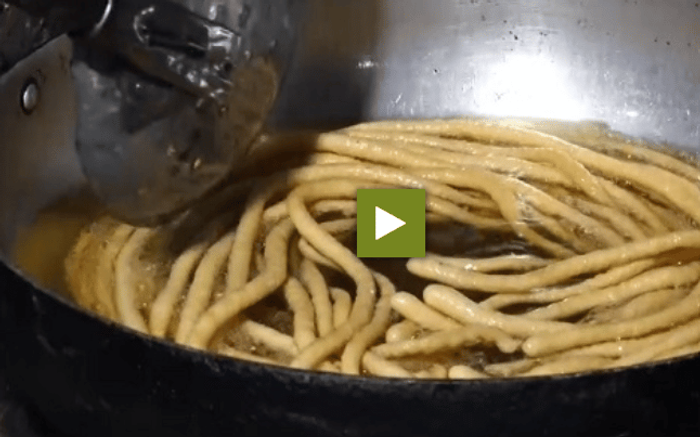Being a crop of great importance with high carbohydrate content, cassava is highly consumed as a staple food by different ethnicities in the world.
Cassava is a crop for small holder farmers requiring little labour which can be grown in poor soils and highly drought tolerant and produce high yields. Roots contain moisture and can spoil quickly once harvested hence fresh roots do not keep for more than 2 days.
Value addition
As it boiled for food to families, roots of cassava are made into flour, snacks and animal feeds. Before making products, test bitterness of cassava roots given that bitter cassava has more cyanide content.
Similarly, as snacks are made from both sweet and bitter cassava roots or flour, start always with fresh healthy ones. Continue by peeling off cassava, cutting off bad spots, checking for smell, taste and for bitter cassava, ferment it for 3 days to remove cyanide content. After peeling , wash roots and cut cassava into thick long pieces for chips. Heat oil hot and put 1 cassava chip after another into hot oil and fry for 7-8 minutes until they turn golden. However for crisps, slice cassava thinly and fry them for 5 minutes to light golden colour.
Additionally, remove them from oil using perforated fine spoon allowing oil to drip off and then let them cool for 30 minutes and then cover to prevent any contamination. Pack snacks in plastic box, place them in air tight containers and store in a cool dry place and these can be kept for 6 months.
To make flour, cut peeled roots into small pieces, dry them for 4 days under sunshine, pond flex into flour as it is stored for long time and it is used to make many confectionary from them. For other products, combine 4kg of cassava flour with 4kg of wheat flour and mix till they blend and then add 2 table spoon of salt, 1 spoon of chilli, 25g of baking powder and mix. Add 1l of water press into long threads and make crankies into desired shape and then slowly press the mixture in circular motion directly in hot oil.
Finally, let it fry until they turn golden brown on one side and then turn them to fry on the other sides well. Take out and let them cool completely before packing.



















